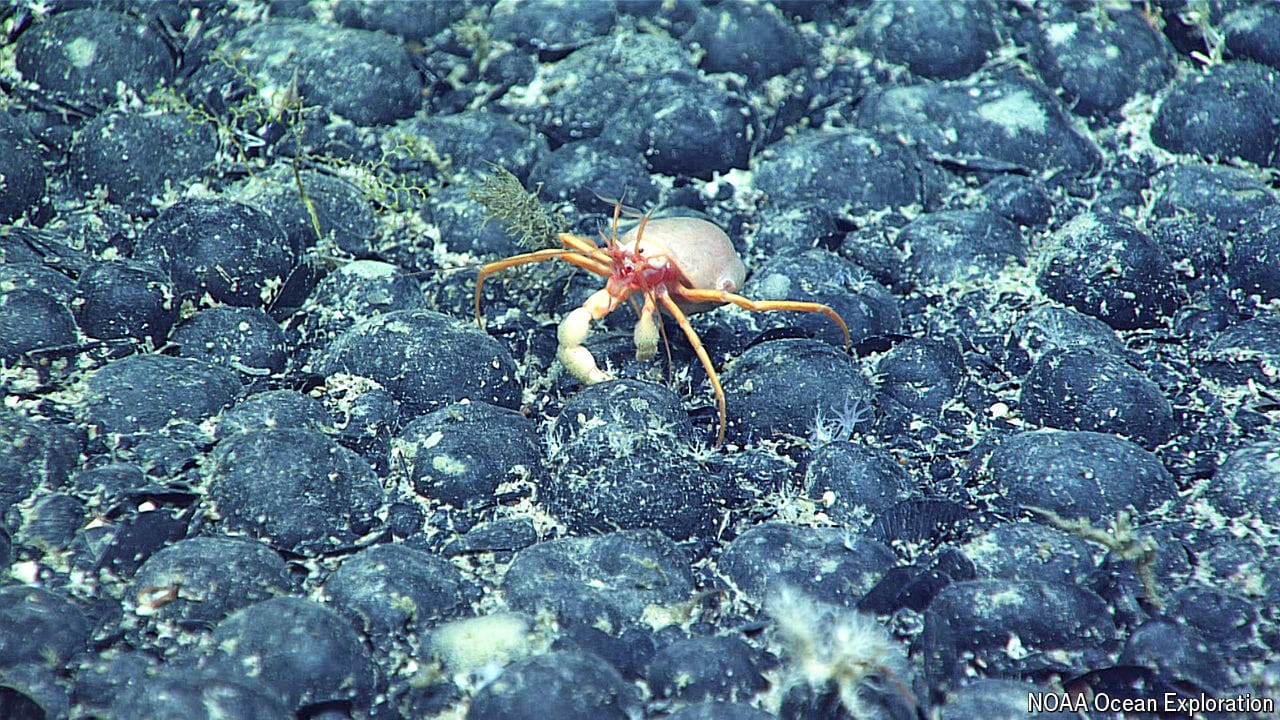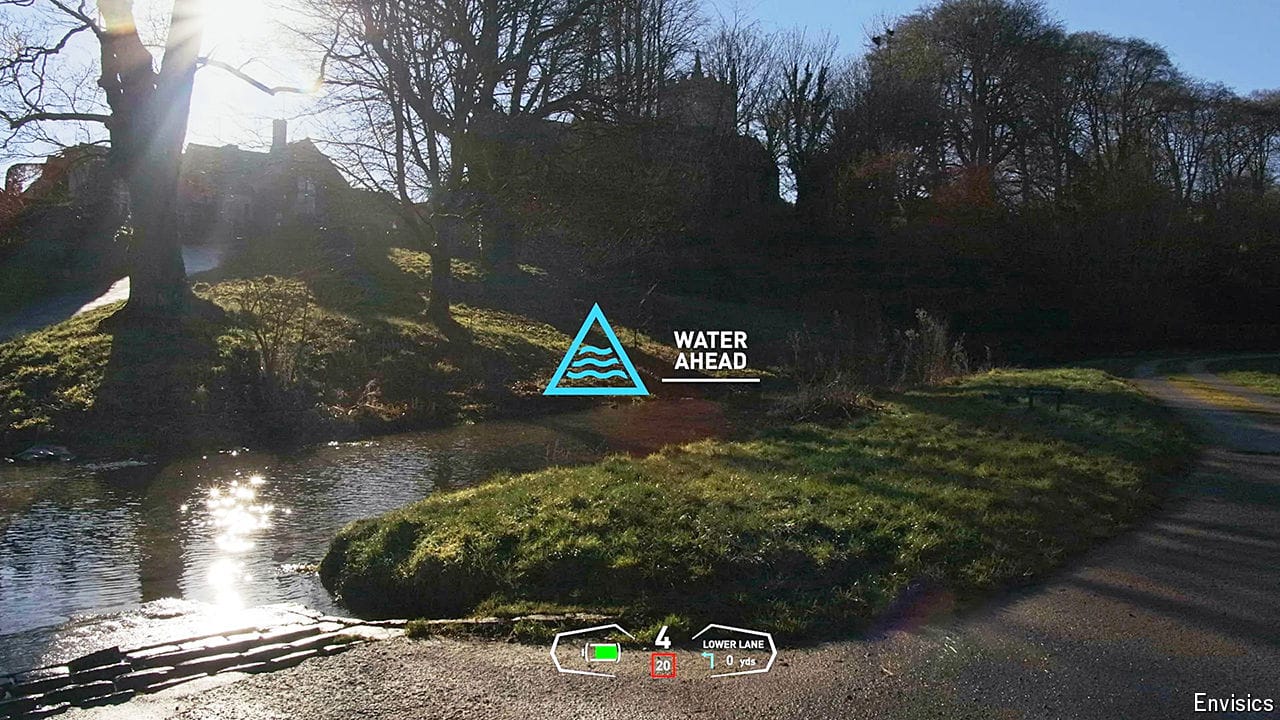The 2023 Nobel prizes honour work that touched millions of lives
Besides mRNA vaccines, they celebrate ultra-fast lasers and tiny prisons for light

THE COMMITTEES which award the Nobel prizes are hard to second-guess. Last year, for instance, the prize in physiology or medicine went to Svante Paabo, a pioneer of the study of fossil DNA, which has shed much light on human evolution.
A worthy winner. But some thought the choice an odd one in light of the covid-19 pandemic that had ravaged the world. This year the Karolinska Institute in Stockholm, which awards the prize, made amends. It awarded it to Katalin Karikó and Drew Weissman, who, working at the University of Pennsylvania, helped pioneer the mRNA vaccines that were deployed, in record time, against the coronavirus. It was they who worked out how to stop the molecule at the heart of such vaccines provoking a reaction which would otherwise have made them unusable.
This article appeared in the Science & technology section of the print edition under the headline “Nobel pursuits”
More from Science and technology

How Ukraine’s new tech foils Russian aerial attacks
It is pioneering acoustic detection, with surprising success

The deep sea is home to “dark oxygen”
Nodules on the seabed, rather than photosynthesis, are the source of the gas

Augmented reality offers a safer driving experience
Complete with holograms on the windscreen
Clues to a possible cure for AIDS
Doctors, scientists and activists meet to discuss how to pummel HIV
AI can predict tipping points before they happen
Potential applications span from economics to epidemiology
Astronomers have found a cave on the moon
Such structures could serve as habitats for future astronauts
